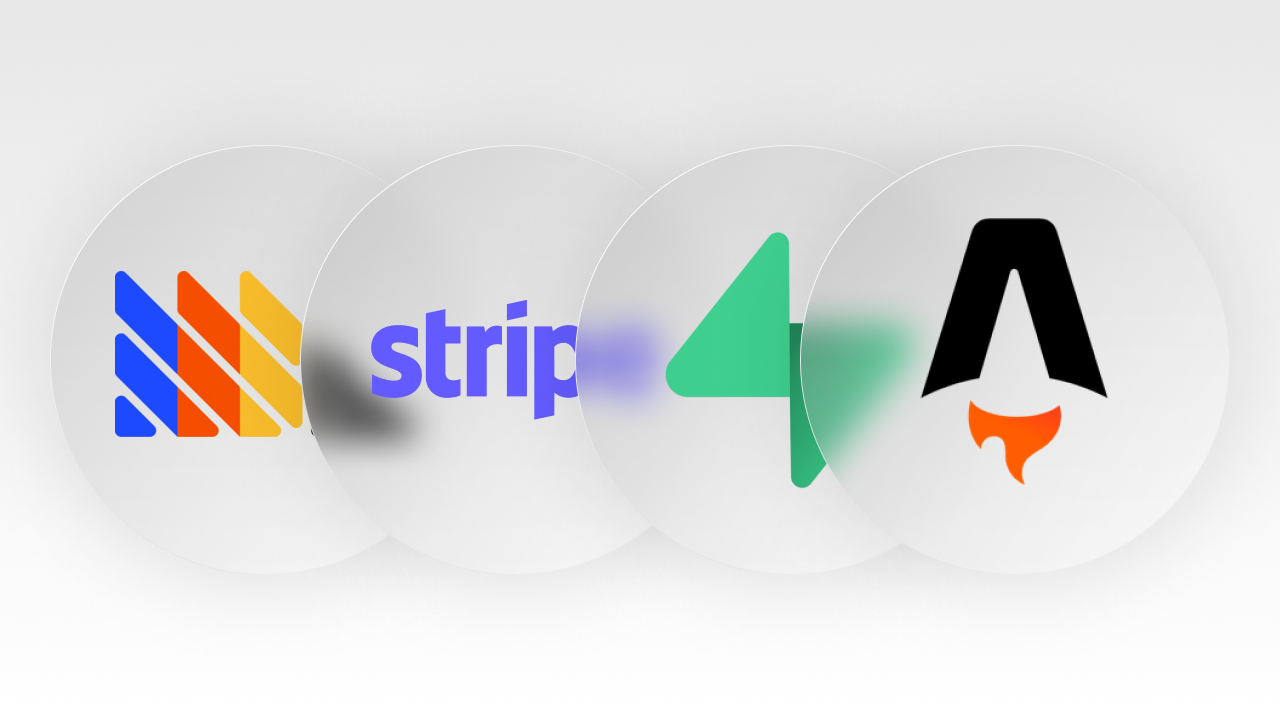Hungrimind is built with two experiences in mind:
- The User Experience
- The Creator Experience
Let’s first dive into what we mean by these and then into the technical decisions that have been made.
The User Experience
This is where you are, as a user, taking a course.
We have all taken courses that are outdated, have poor explanations, or are just too boring.!

This is the current look of the interactive course experience. However, it was built in a way to be an ever-evolving experience, that will hopefully get better and better over time.
Whenever taking one of our courses you should:
- Be able to take the course at your own pace (not be slowed by the video speed)
- Have fun
- Acquire a ground-level understanding of any topic covered
- Be able to reference back to it easily
These points are our guiding light for making a good learning experience.
The next part is how we can deliver that, fast!
The Creator Experience
Our interactive course platform uses an internal editor for creating the courses.
The core focus of the editor is for us, the creators, to only focus on the content, making edits, and publishing.
By far the biggest pain point with creating courses or any sort of educational content is that it is such a pain to edit it. And the content needs to be edited all the time because:
- SDKs get updated
- Spelling errors get caught
- New insights lead to a better way to explain
That’s the core problem the editor was built to solve. To make courses easier to create, edit, and publish.
We want to share more about the editor in the future but for now, that is as much as we can share!
The Technical Decisions
The entire tech stack is built with Astro, Supabase, Stripe, and PostHog.
Astro
It’s used both on the website and our internal editor.
All the interactivity built into the site uses Astro Islands. You can build islands using basically any technology, but we use React because of the massive ecosystem. The benefit of Astro is that it comes without all the extra bloat from other frameworks such as NextJS.
Supabase
Plain and simple backend.
Side note: Auth was a b****
Stripe
Is there any other valid solution?
PostHog
We were in between setting up PostHog or Segment/mixpanel
We ended up with PostHog for simplicity.
Simplicity
You probably noticed that the stack wasn’t that interesting, that is the point.
We build a product for users and ourselves, we want to be able to deliver fast, make quick updates, and have fun.
The User Experience and The Creator Experience are the driving forces behind everything we do. We want to solve the pain points of online education from both a creator and a user perspective.
Go browse around the site and tell us how we did, and what could be improved.
